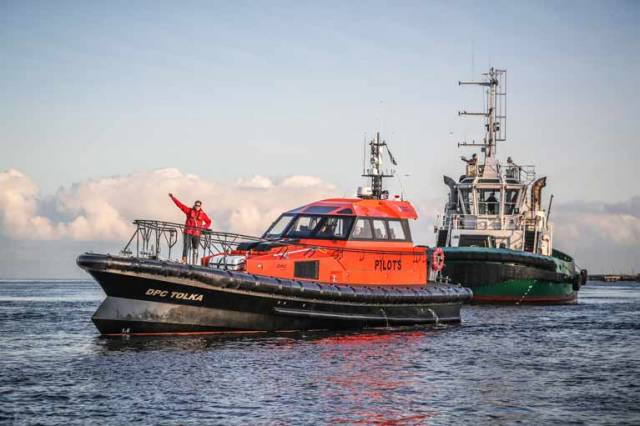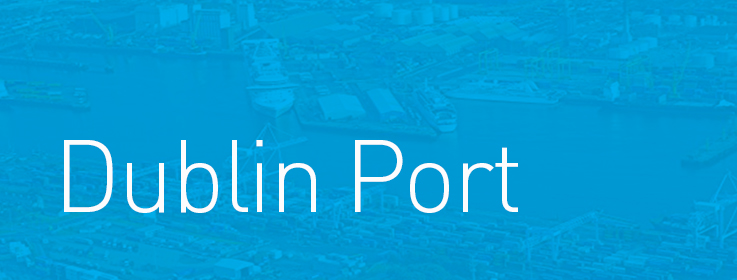
Dublin Port Jet Fuel Pipeline Project Puts Major Traffic Plan In Place Near Dublin Airport
28th February 2020 Dublin Port
'Huge Cancellation of Ships' Faces Dublin Port as Virus Shutdowns Bite
18th February 2020 Dublin Port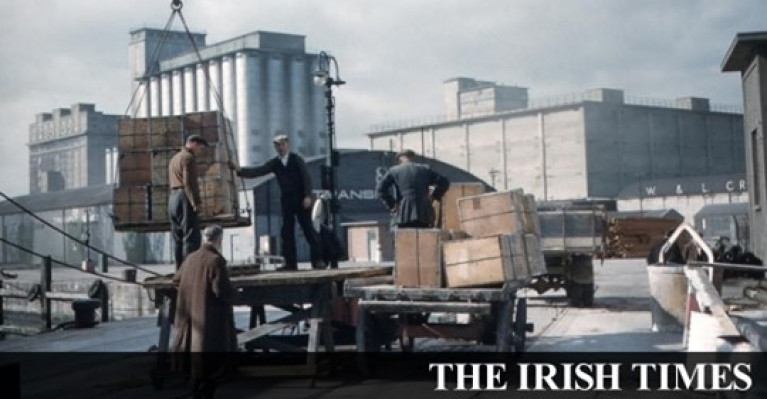
Old Dublin Port Photographic Archives Depict Dockers and A ‘Duchess’ full of Apples
16th February 2020 Dublin Port

New Linkspan for Dublin Port Arrives By Sea As Part of ABR Project's Ro-Ro Jetty
3rd February 2020 Dublin Port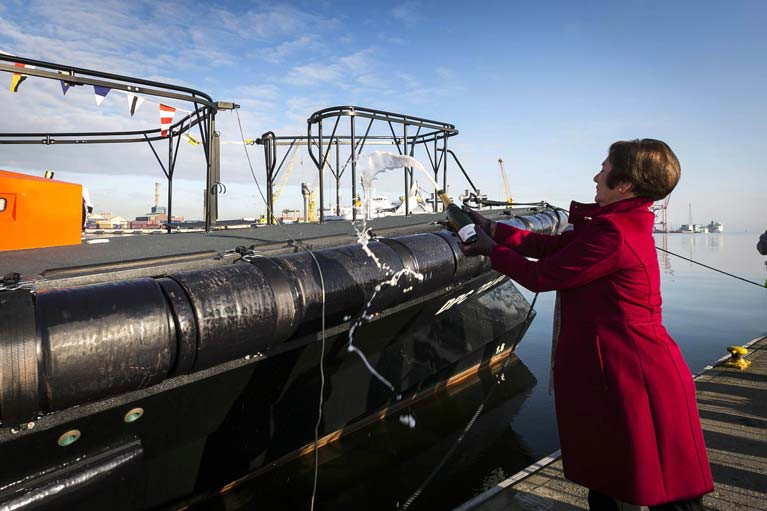
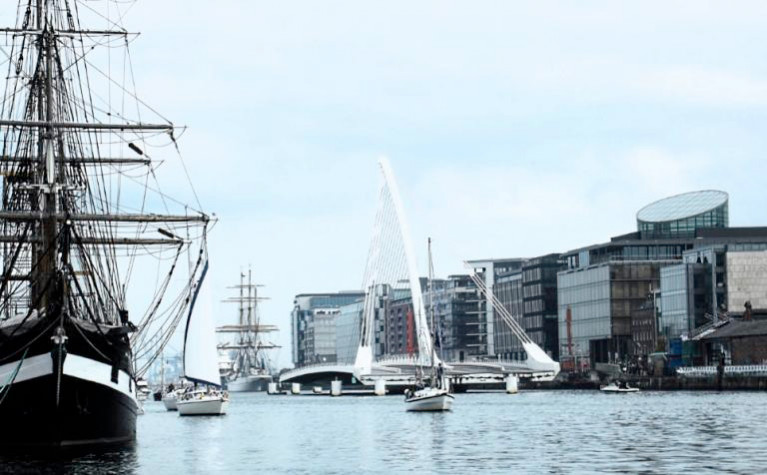

Dublin Port Steps In To Save Online Archive Of Historic Dock Workers Images
20th January 2020 Dublin Port
Hopes High for Dublin Dock Workers' Preservation Society Photo Archive
18th January 2020 Dublin Port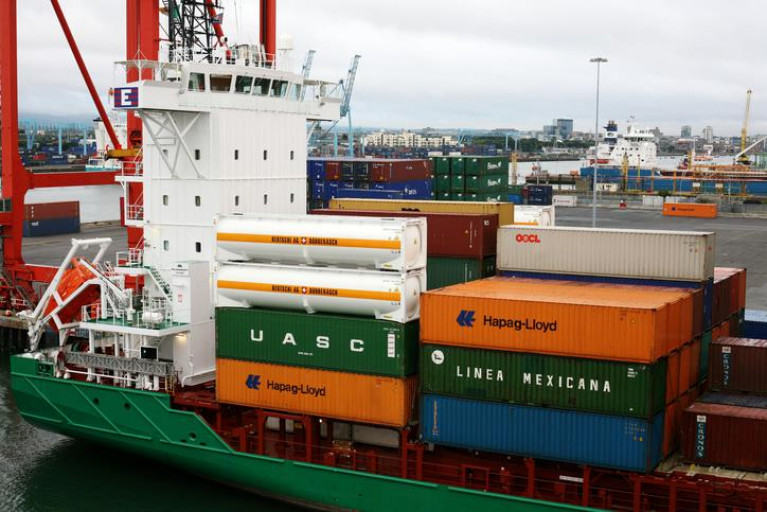

Dublin Dock Workers’ Preservation Society Require Urgent Help to Preserve Records
13th January 2020 Dublin Port
Storm Brendan's Arrival Will See Closure of Great South Wall by Dublin Port
12th January 2020 Dublin Port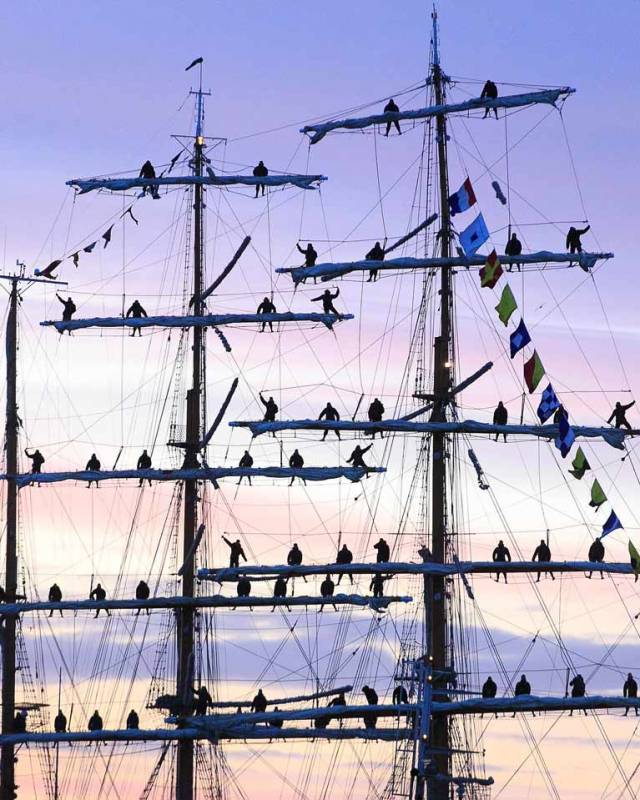
Dublin Port: Should Plans to Develop for More Big Cruise Liners Be Welcomed?
4th December 2019 Dublin Port